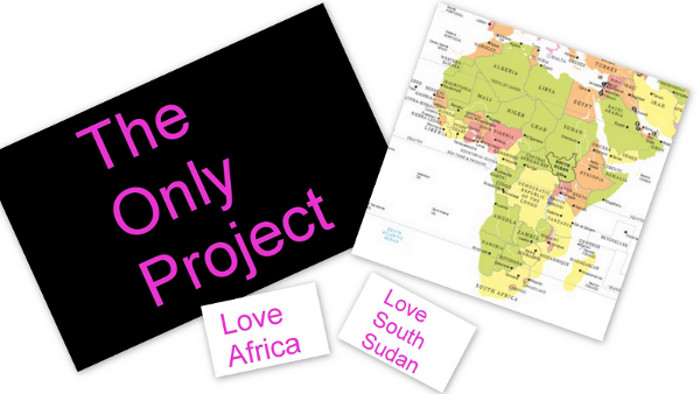Name:
Azande also known as Zande to outsiders
Area of residence
Mythology
There is no sensational origin of the Azande people. The general myth is that the Azande clans return to life once they die. They are incarnated in the form of some animal, which are mostly lion - for the biggest chiefs of the royal clan, leopard, python, snake, wart-hog, rat and lightning. The death of the animal is therefore the end of all things. Men will not kill the animal they believe they turn into except in self defence.
Language
Pazande,also called Zandi,Sande, Kizande and Badjange .
Society
The Azande society is divided into the royal clans – the Avungara, centred on their great leader Gbudwe, his two sons Yambio and Tambura.Whilst the commoners, most of whom could have been incorporated into the Azande through wars, conquest and assimilation. Azande settlements are solitary i.e. a household consisting of the man and his wife (or wives), nevertheless they ascribe to certain social norms and practices.
Socio-political system
The Azande socio-political system is an intricate admixture of feudalism, traditional, political and administrative authority and witchcraft, charm, etc. After the destruction of their kingdom, the Azande now have chiefs, mostly from the royal clan who combine judicial and spiritual prowess.
The role of the chief
The chief invokes witchcraft and oracles, for which the Azande are renowned, to determine and administer justice on those suspected of crimes including adultery, murder through bewitching or evil eyes. In the old days, thieves had their ears cut off and their backs scored with a knife leaving large permanent scars.
Another punishment was to break open an ant-hill and tie the offender on the top of it, intense pain being caused by the armies of soldier ants that would swarm over him.
Men and witchcraft
Men suspected of witchcraft, and also occasionally thieves, might be confined in their house and burnt alive. Men accused of committing adultery, especially with their Chiefs’ wives, if not killed outright were emasculated and in addition had their hands, ears and lips cut off.
Culture and Customs
The Azande demonstrate a high degree of superstition and are prone to witchcraft and charms. There is nothing as a natural death among the Azande. No matter the cause of a person''s death, he/she is supposed to have been bewitched. The Azande believe that certain people afflicted with mangu cause everyone’s death.
Culture
The Azande culture and art is rich and is expressed in songs, music and dance in self-praise. There is an intricate system of oracles and folklore which remained largely oral.
The Azande produce excellent bark-cloth, baskets woven from barks and leaves of palm, different types and varieties of wooden craft, tables and chairs, bow and arrows and special iron knives and swords.
Dance
The Azande dance is performed predominantly at night during full moons. The men stand in circle moving their feel in lime to the drums and swaying their bodies and heads from side to side the forearms are held parallel to the ground with the palms of the hand turned upwards.
At times the whole circle goes round in file with the women forming an inner circle. They dance to the sound of the drums and sing topical songs more often rather obscene. Different songs require different ways of beating the drums and all have a chorus in which everyone joins.
Neighbour relations
The Azande have had difficult relations with the neighbours namely the Moru, Mundu, Pöjulu and the small groups in Bahr el Ghazal due to their expansionist policy of their King Gbudwe in the eighteenth century. The Azande fought the French and the Belgians, the Mahdist to maintain their independence. They tried in vain to subdue the Dinka in Bahr el Ghazal.
Images,references and further reading: Wikipedia Gurtong













